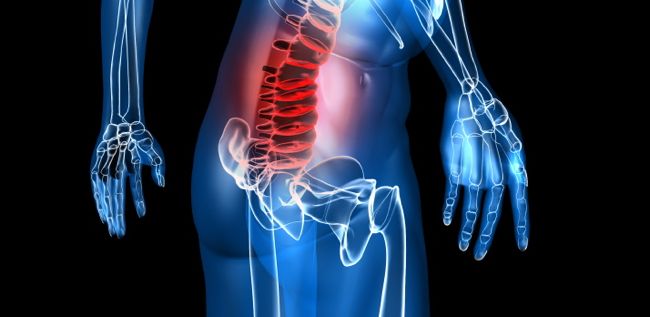
Chronic Low Back Pain is extremely common among patients coming into my clinic. There are multiple reasons as to why someone can exhibit chronic low back.
- Previous/past injuries
- Repetitive poor movement
- Poor lifting technique
- overuse of certain muscle groups leading to low back tightenss
- poor postural position during daily activities
Unfortunately, most people are unaware that there posture and movement are almost always part of the reason(s) why they’re in pain. It’s not often that there is a serious disk or catastrophic injury that is present. Chronic low back pain is chronic bc the action that’s continues the pain is not stopped. A thougrough assesment can significantly help identify where your pain source is.
Once your pain source is identified you can begin to create a plan that can help fix it. Wether that’s modifying your daily activity, limiting certain movements to avoid pain, or using exercis and therapy to decrease pain and correct any structural or tissue imbalances. The three videos below are focused towards fixing the imbalances that are most commonly seen with chronic low back pain.
Exercise 1: This first exercise demonstrates a half kneeling quadricpes stretch. Most often the anterior core is shut off and the posterior low back takes over to create tightness and stability. This leaves the quads on the front side which are usually over dominant tugging the opposite direction. This mobilization activates the anterior core and allows the hip flexor and quadriceps to be placed in a better stretch while breathing creates space within the tissues and anterior hip capsule.
Exercise 2: Supine Hip Flexor Strengthening. This exercise does a great job at stabilizing the lumbo-pelvic hip complex and activating the hip flexors. The hip flexors are usually weak and under active in comparison to the overactive powerful quadricpes, especially the rec fem. You can perform this exercises staticly or dynamically depending on preference. I recommend starting with the static version and then moving to they dynamic version once you have developed enough strength and control.
Exercise 3: Side Lying Glute Med activation: This exercise is needed to activate the glute med which is responsible for a number of reasons. Keeping the pelvic in a good position to create balance within the Lumbo-Pelvic-Hip Complex. A strong glute med keeps the femur where its supposed to which allows the surrounding supporting musculature to work.
If you are experiencing low back, hip or glute pain, I recommend giving this trifecta a shot before your training, cardio, or even your off days.








